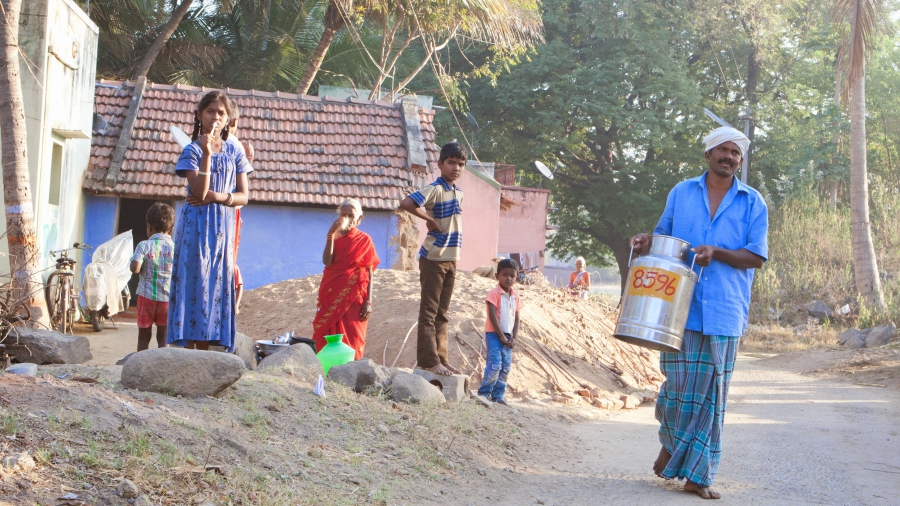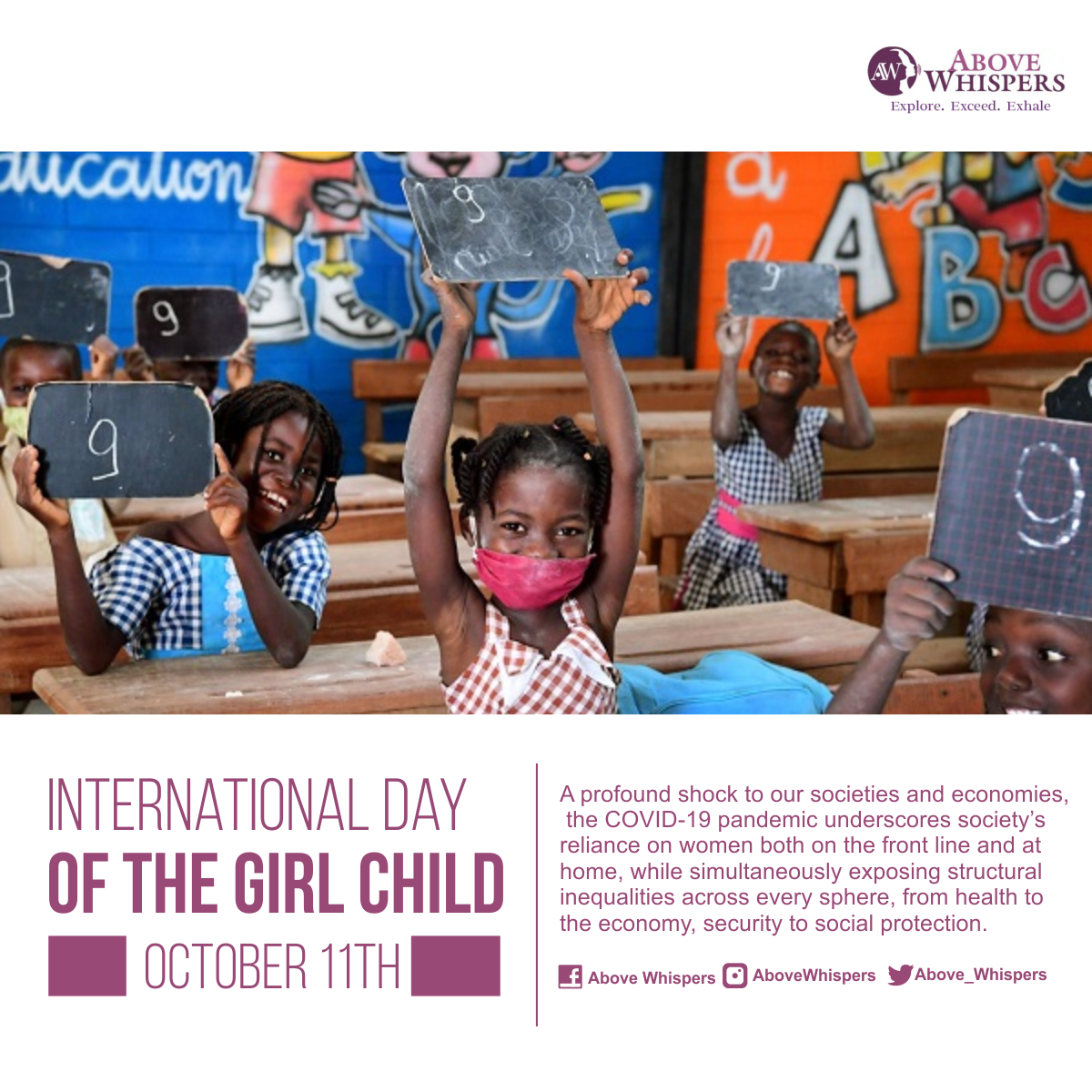12 years recognizing their role in our society
The first International Day of Rural Women was observed on 15 October 2008. This new international day, established by the General Assembly in its resolution 62/136 of 18 December 2007, recognizes “the critical role and contribution of rural women, including indigenous women, in enhancing agricultural and rural development, improving food security and eradicating rural poverty.”
For that reason, the resolution urges the Member States, in collaboration with the organizations of the United Nations and civil society to implement measures that could improve rural women’s lives, including the ones in indigenous communities.
Governments and society need to pay attention to their needs and invest in them, pursuing the political and socio-economic empowerment of rural women and supporting their full and equal participation in decision-making at all levels, take them into account in their policies, developing specific assistance programs, and advisory services to promote economic skills of rural women in banking, modern trading and financial procedures and providing microcredit and other financial and business services, or designing laws to ensure that rural women are accorded full and equal rights to own land and other property, just to name a few.
All of these commitments are supervised, followed and supported by the UN through multiple agencies, like UN Women, FAO, ILO, World Bank, or IFAD, who try to fight from different perspectives (women’s rights, investment, training…) for the goals and measures mark in the resolution.
Secretary-General’s message 2020
Rural women play a critical role in agriculture, food security and nutrition, building climate resilience, and managing land and natural resources. But many rural women suffer from discrimination, systemic racism and structural poverty.
The COVID-19 pandemic has now affected more than half the world’s women farmers with restrictions on movement, the closure of shops and markets, and disruption to their supply chains. Combined with challenges including increased unpaid care and domestic work and rising rates of gender-based violence, rural women are bearing some of the heaviest burdens of the pandemic.
Digital channels can offer a lifeline in rural areas, providing information on access to healthcare as well as agricultural updates. However, the gender digital divide is particularly wide for rural women, who make up just a quarter of users of digital agricultural solutions.
Helping rural women through the pandemic and building their resilience for the future will require solidarity and support from all.
Together, we must invest in rural women so that they have access to the healthcare, social protection and agricultural information services they need. We must close the digital divide and provide essential services to respond to the shadow pandemic of violence against women. And we must tackle the discriminatory land and inheritance laws and practices that make rural women vulnerable to losing their sources of income.
On the International Day of Rural Women, let us renew our commitment to rural women in all their diversity; increase our efforts to support them through the COVID-19 pandemic; and work with them to build their resilience to future crises.


